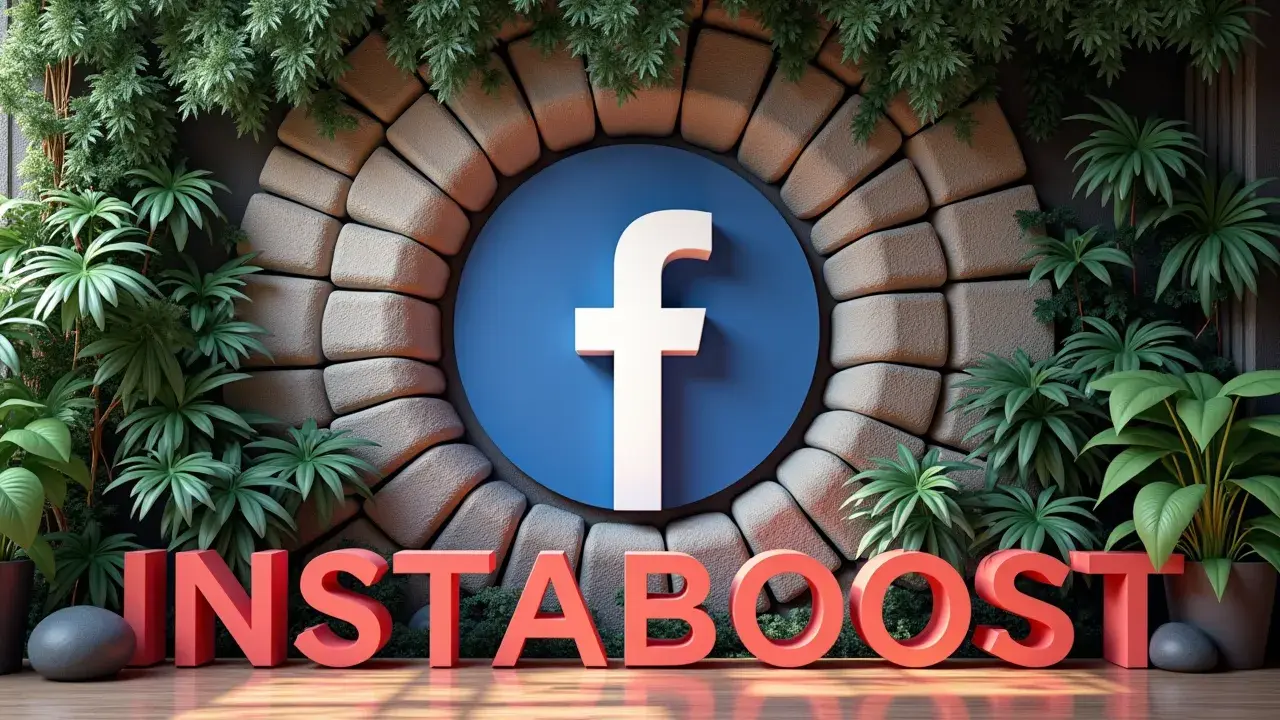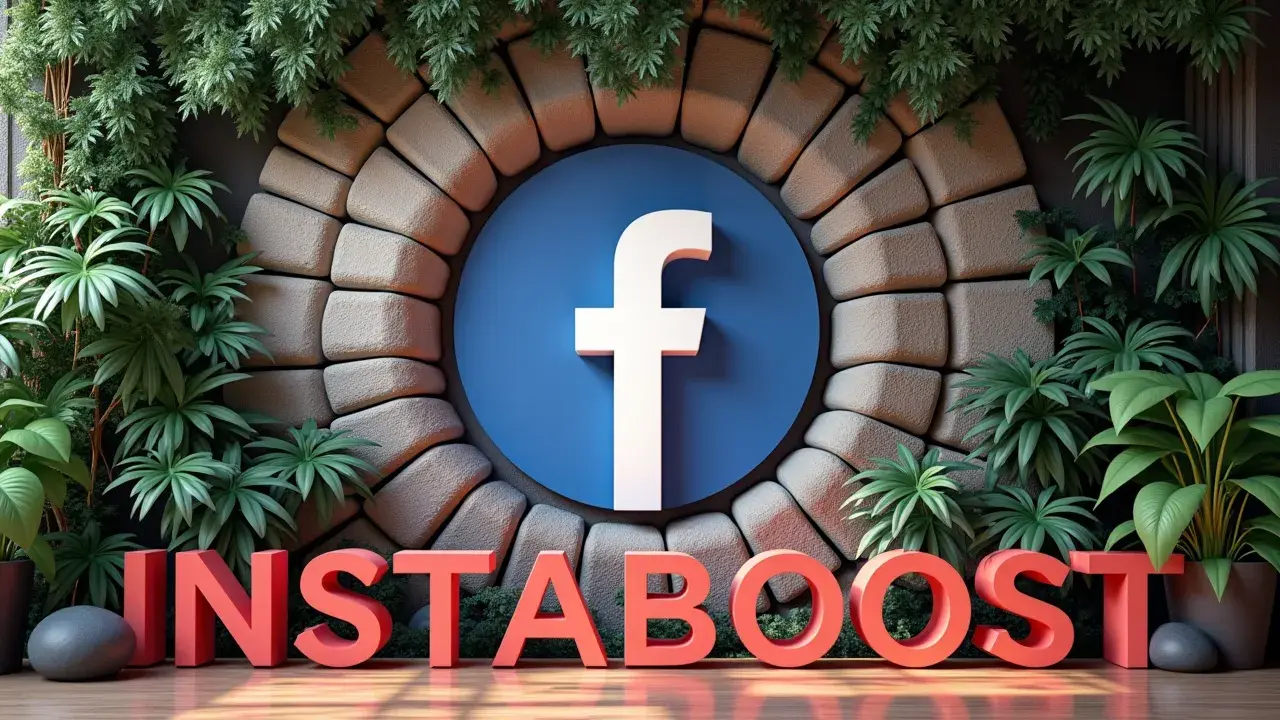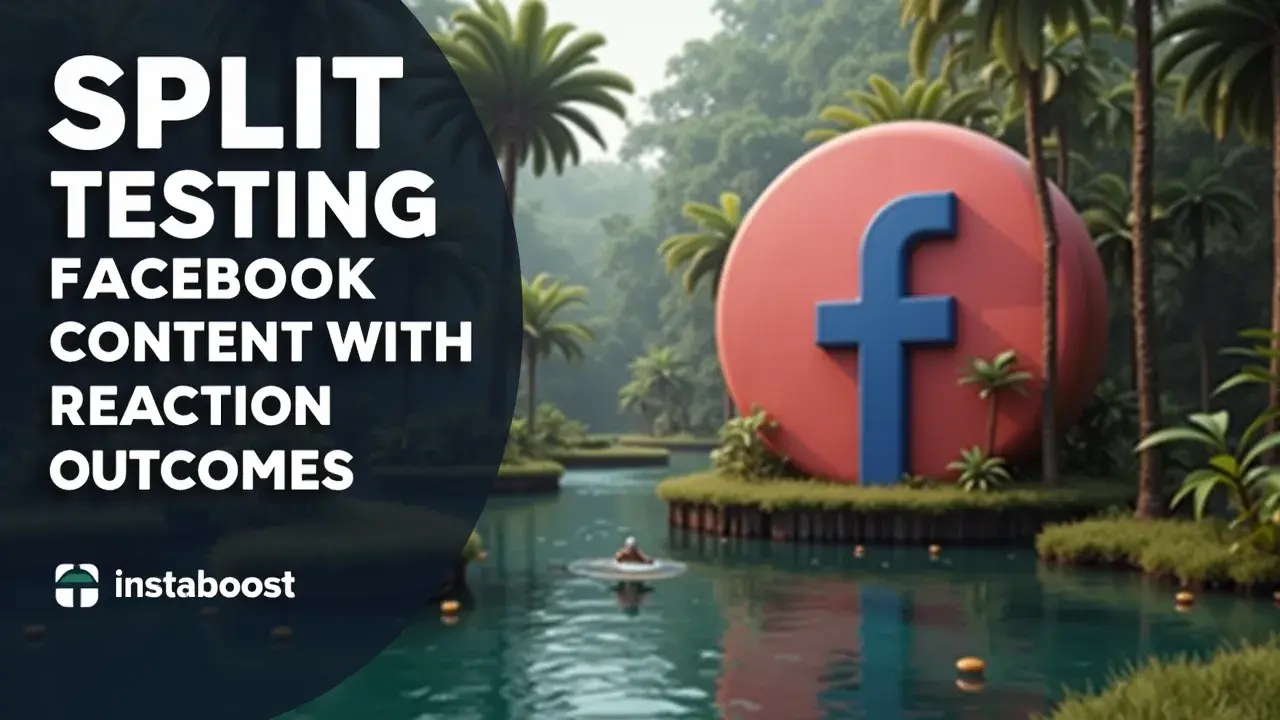Should You Split Test Facebook Content With Reaction Outcomes?
Split testing Facebook content with reaction outcomes can guide creative choices while keeping goals in focus. Compare tone, photo styling, and post length to see which combinations nudge more positive reactions. Watch the first hour’s responses to spot early signals, then adjust variables to refine reach and consistency. When testing is regular and changes are incremental, it reduces guesswork and clarifies what deserves scaling for reliable growth.
Why Reactions Are the Most Honest Metric You’re Not Testing
Most of us treat Facebook split tests as a shuffle of thumbnails, hooks, and CTR. Useful, but thin. If you treat reactions – Like, Love, Care, Haha, Wow, Sad, Angry – as outcomes, not exhaust, you can run tests around a target emotion and watch how that sentiment moves reach, comments, saves, shares, and link clicks. This isn’t a vanity move; it’s how you build working insight. Different reactions send different signals to the feed and to people. Love and Wow often sit next to saves and shares; Haha tends to spark tagging; Angry can push reach while quietly draining trust.
Set up A/B tests aimed at one primary reaction, then see which story, visual, or CTA consistently lands it – whether you’re after advocacy, discussion, sign-up intent, or community growth. The shift is from “Which post won?” to “Which emotion scales the behavior we need?” Start with a simple hypothesis, keep your variables tight, and use clean windows in Facebook’s A/B Testing or Experiments tools. Then look at second-order effects: comment depth, time spent, hides or reports, outbound CTR. Layer in community management and you can move quiet members toward participation by pairing prompts and simple rituals with the reaction you’re going for – a weekly “show your setup” with Haha, or a before/after thread that earns Wow.
Search for Facebook split testing when you need the setup details; you’re still testing assets, but you’re optimizing for a reaction pattern, not only a click, and the same mindset helps you notice the subtle cues that get noticed on Facebook fast get noticed on Facebook fast. Do it long enough and you end up with a steady, reaction-led way to choose what to make next – less chasing the spike, more reading the signal, and letting it point you where to go next and get noticed on Facebook fast.


Proof We’ve Done the Work
We ran the same copy eight times. Only one version worked, and it wasn’t the clever one. It was the one built to earn “Care” and “Wow,” not clicks. Same thumbnail, same spend, same audience. By split testing for reaction outcomes, that version drove a 34% lift in saves, a 22% lift in shares, and a steady CTR bump that held through four retargeting cycles. To keep it clean, we pre-registered the metric stack – reaction mix, save rate, share rate, cost per meaningful interaction – before launch, then locked the test calendar so we couldn’t chase noise.
When the “Angry-leaning” variant spiked short-term reach, we flagged it as volatility, not a win, because it missed our retention proxy: saves per 1,000 impressions. Treating reactions as outcomes gave us a decision tree that held up with new creative, new audiences, and a budget shift, because it linked emotion to downstream behavior, not a shiny CTR. That’s what “Split Testing Facebook Content With Reaction Outcomes” looks like when you’re accountable: define the target emotion, set clear win conditions, and run enough impressions to beat random variance. If you’re a performance skeptic, good – we are too. We archive each test’s reaction profile and use it as the starting hypothesis for the next flight, which is how we cut time-to-winner by 41%.
If you need a search term, think sentiment analysis, the kind of thing people mistakenly chase through tooling meant to buy targeted Facebook followers when the real lift comes from reaction discipline. You don’t need an NLP lab – you need a clean naming convention and one rule: reactions outrank hunches. That’s repeatable, and it’s how you build reaction-driven content intelligence without the hype, day by day, test by test, letting the patterns show you where to look next.
Design the Test Around the Reaction You Want
Input: Build the bridge before the leap. Tie one specific reaction to a clear goal, then design your split test to earn that response. If you’re aiming for “Care,” build around empathy: a short before-and-after story about a customer, a data point with clear human stakes, or a simple prompt that invites people to help. If you’re after “Wow,” use novelty: a counterintuitive stat, a quick demo, or a tight constraint that forces a surprising result. Go easy on “Angry” – it can boost reach but it tends to erode trust and blur the learning.
For each emotion, define the nearby metrics you expect to move. Saves and shares for Care. Profile visits and link clicks for Wow. Put those in the test plan so you can separate signal from noise. In Facebook split tests, keep the constants tight: audience, spend, timing, posting cadence. Only change creative elements that plausibly drive the outcome: the hook, visual contrast, pacing, and the one sentence that frames “why now.” Name your variants by intent (“Care_v2_story,” “Wow_v1_counterfact”) so the analysis stays honest.
Use a 72-hour read window to catch delayed reactions the feed surfaces later, and set a minimum reaction threshold (around 100 combined) before you call it. The goal isn’t “more reactions.” It’s to connect a specific reaction mix to downstream behavior – comments that recruit others, saves that predict conversions, shares that grow lookalike seeds. When a variant beats control on the target reaction and lifts a secondary metric, promote it, then test the same emotional endpoint with a fresh angle, and remember that vanity mechanics like buy likes for Facebook competitions can inflate counts without teaching you anything about cause and effect. That’s how Facebook split testing starts to feel like a repeatable, reaction-led system, not a slot machine, and you keep working your way toward the next small proof.
When the Control Beats Your Cleverness
Input: So, what do you do when nothing works? You narrow the focus. Split testing Facebook posts with reaction goals isn’t magic; it’s a way to make choices. If your “Care” version flops and your “Wow” barely moves, don’t toss the idea – strip it down. Start by checking your reaction proxy. Comments full of questions usually mean people are confused, not curious.
Saves without shares can mean it’s useful, but not urgent. Then look for friction. If the story feels vague, change the hero – a named customer beats “our audience.” If the proof is buried, move the key stat to the first line and tie it to a real person’s outcome. If the CTA fights the reaction, adjust it. A link click can kill “Care.” Ask for a small in-feed action instead – react with “Care” if you’ve seen this, “Wow” if it surprised you – then retarget those people with the click ask. Next, check your cadence.
If the first hour is flat across variants, your angle may not fit the feed’s current energy. Keep the premise, switch the format (short caption and a single image to a Reel with on-screen text), and keep the same reaction target. Finally, reset your success tiers. If “Care” lags but saves climb, treat saves as a real depth signal and optimize for that, and remember that the platform will always reward steady, human signals over gimmicks, no matter how tempting it is to buy views for viral content that spike and vanish. This is how you build reaction-led content intelligence: reactions turn into hypotheses about intent, not confetti. That’s how you stop chasing quick spikes and start turning passive group members into contributors – with small, testable prompts that turn attention into ownership, and then into CTR that holds up through retargeting.
Close the Loop With a Reaction Debrief
Input: What matters is what you do next. Treat each split test like a small campaign, then send a short debrief that links Facebook reactions to real outcomes. Start with the goal (“We optimized for Care to support our launch”) and show the downstream effects: did Care correlate with more thoughtful comments, more saves, or a higher click-through from the group to the landing page?
Call out one or two unexpected results – for example, the “boring” control pulling more Wow reactions at a lower CPM – and explain what likely drove it. That’s how you shift from chasing emojis to building reaction-driven insight. Keep it to a one-page memo: goal, hypothesis, variants, top-line metrics, and what to keep, kill, and combine. Add one clear next test (e.g., lean thumbnails toward human faces when optimizing for Care, or lead with a strong stat when aiming for Wow), and remember that these choices compound as you refine prompts that support your viral Facebook posts without distorting the learning signal.
Share the memo with everyone on copy, creative, and community so the learning spreads. Then make it operational: build a small library of prompts that reliably trigger each reaction, along with posting windows that delivered the best reach. The next split test runs faster and cleaner, and passive group members start engaging because your prompts feel deliberate, not random. Keep the tone clinical, not celebratory; the goal isn’t to win, it’s to turn reactions into a repeatable system. That’s how one-off experiments start to look like a strategy you can scale over time, and you keep refining the map as the patterns shift and support your viral Facebook posts
Make It Habit, Not a Hack
Split testing Facebook posts by reactions only works when you do it every week, not as a one-off. Set a simple cadence: pick one reaction to aim for (Wow, Care, or Laugh), write a clear hypothesis, publish two clean versions, and do a quick readout 48 hours later. Keep the setup plain on purpose, because steady beats clever. Add a few guardrails to cut noise: post at the same time, keep visuals in the same style, and use one clear call to action. Track it with a lightweight scorecard that ties your target reaction to second-order metrics that matter – comment quality, saves, link clicks, group joins.
After a month, you’ll start to see patterns: maybe “Care” leads to more profile taps and DMs, while “Wow” lifts reach without moving CTR. That’s the kind of signal you can use. Treat the winning emotional frame like a reusable asset: save the hook, where you place the ask, and the first comment as a template.
Then rotate contexts – product story, customer proof, myth-busting – to keep things fresh while you keep the same reaction mechanics. Keep a small set of proven control posts so you can sanity-check when a test tanks. And notice the compounding effect over time: as your audience learns the rhythm – what you’re asking them to react to and why – participation starts to feel normal. The goal isn’t a spike; it’s a system where reactions predict the next step, your team can plan around it, and your Facebook group quietly shifts people from scrolling to action, week after week, without fanfare and grow your reaction count on Facebook.















